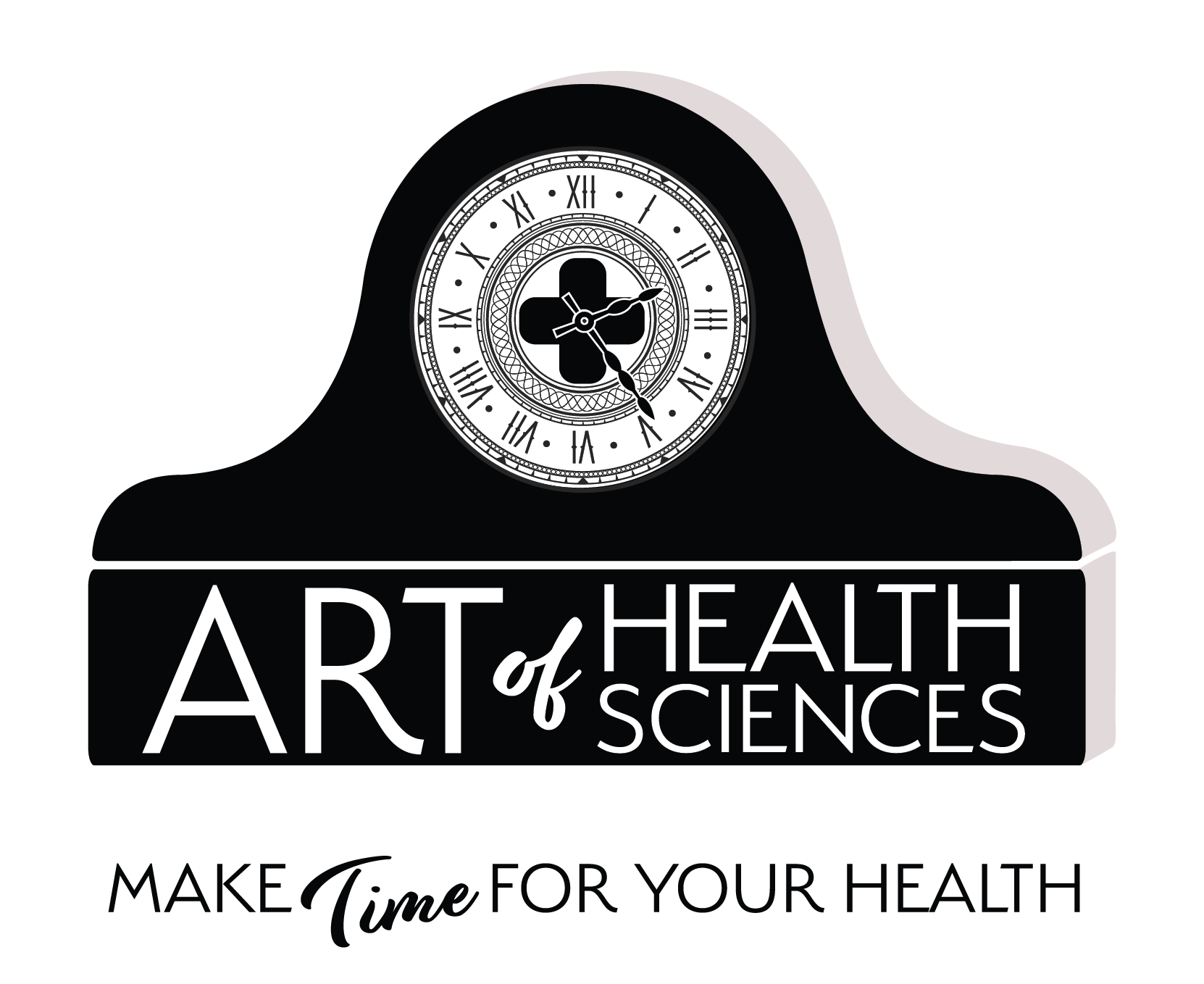“You do you, Mom” is what my wise-beyond-his-years teenage son tells me. What happens if you don’t ‘do you’? Unattended pain from trauma and loss sets in and can damage and destroy you at the cellular level. I’m not exaggerating here. A lot is at stake. When mental anguish isn’t properly addressed and it seeps into the soul and limits the free-flowing wholesome energy from the spirit, physical disease can set in. It’s like a bright red punchy fruit juice stain on a brand-new white shirt or chalky underarm deodorant all over a black tux or ballgown. Not only is it aesthetically unappealing, but if not cleaned up right away, it can set in and might also ruin the fabric with every stroke attempt to loosen the grit or scrub it away. But keep the faith because there’s a magic eraser pen that can be used to remedy all stains.
When traumatic events occur the brain feels trapped. The event is kept in a holding mode and negative emotions, or memories can trigger and fool the body to believe it’s leading to a repeated assault to injury by rehashing the wicked event over and over again. The brain to body dialogue tricks the physical nature to believing it’s in emergency crisis mode. In fact, we can turn on stress responses by thoughts alone. When you see something, the brain works in your body to get you to respond as a prisoner. You and the traumatic event become one. You are not separate from the trauma. The trauma and your soul become buried. In turn, the access to wholesome spiritual energy gets blocked. This can happen on a subconscious level. It might even come in the form of feeling like something’s ‘just not right’ but you’re not able to pinpoint it. It might present as apathy or not feeling terribly motivated to do anything. And definitely not feeling like living out your life’s purpose or calling. The sight, odor, taste, touch that reminds us without even knowing it can draw out physical ailment that are being suppressed in the mind and body. This can present as muscle aches, tensions, twitches or spasms in the back, joints or chest. The heart and lung system can be affected with constricted blood flow and hardening of the arteries as well as headaches or migraines that cannot otherwise be explained for.
Did you know that so many important parts of our bodies are made to operate in an all-or-nothing state? For examples, when we workout our abs, every muscle fires (not just the lower or upper regions), with every beat of the heart there’s an electrical system that fires, and we’re connected in a network that runs from ear to toe. In this network, the common denominator is fascia or connective tissue that includes protein, collagen and elastic fibers. We are wired to protect ourselves from threats by contracting our muscles and giving the most energy as possible to the fight-or-flight response instead of lending energy to repair and growth. When there’s prolonged chaos at the cell level, we need to put our spiritual armor on and let the physical body relax. One example of this can be described with pre-existing cancer cells that are commonly found in humans and how they get expressed and re-generated to propel us forward and closer to a grave sentence. Mental stress plays a vital role in the promotion and progression of tumors[1]. Knowledge is power. But without wisdom or applying what we know, we’re most likely not going to dodge these bullets.
The good news is there’s been advancement in the field of epigenetics that might better explain how we may prevent and reverse diseases like diabetes, high blood pressure and obesity. Healthy lifestyle behavior changes in the form of proper nutrition and hydration, sleep, and physical activity, to name a few can reversibly tag DNA with chemical “marks” that increase of decrease the expression of a person’s genetic makeup or template. Over time, epigenetic adaptations enable the effects of healthy or unhealthy stresses to become stably expressed in the body’s tissue, which can impact healthy outcomes. Researchers suggest that seemingly non-biological factors like social stress, poverty, and childhood hardship activate epigenetic adaptations in gene pathways that govern inflammation and immunity, two of the greatest common denominators of poor health outcomes. In other words, epigenetic processes provide a biological bridge between the genome (a person’s genetic inheritance) and the social determinants of health (or SDoH like food insecurity, loneliness and social isolation, transportation, and housing) given the conditions in which they’re born, grow, live, work, and age. So, what’s the good news? Scientists and healers, alike, can help you to harmonize the “nature” and “nurture” with a well-balanced, holistic, and integrative approach.
Photo by julien Tromeur on Unsplash
Dr. Jaime L. Pula is the author of her newly released book titled, ‘Rise Above: A Playbook On How to Keep Energy Flowing.’ She can be reached at jpula@artofhealthsciences.life. And she enjoys connecting on LI at: www.linkedin.com/in/drjaimelpula001/.
[1] Geng, Q. S., Shen, Z.B., Zheng, Y.Y., et. al. (2021). Precise medication for tumor patients int the context of mental stress. Cell Transplant, 30. doi: 10.1177/09636897211049813.

